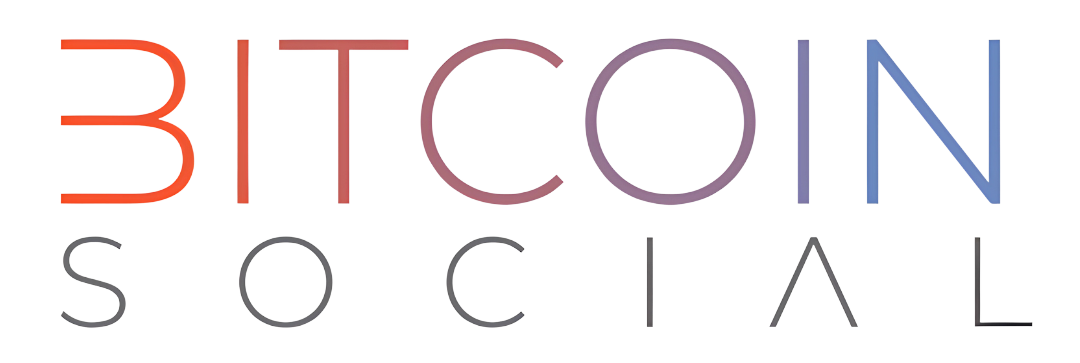The Bitcoin halving is a pivotal event in the cryptocurrency world that significantly impacts the Bitcoin network and its economy. As we approach the next halving, let’s dive into the details of what it is, why it matters, and how it could affect the future of Bitcoin.
What is Bitcoin Halving?
Bitcoin halving is a scheduled event that occurs approximately every four years, reducing the reward for mining new blocks by half. This means that miners receive 50% less Bitcoin for verifying transactions and adding them to the blockchain. The next halving is expected to reduce the block reward from 6.25 Bitcoin per block to 3.125 Bitcoin per block. Here’s how it works:
- Timing: Halving occurs roughly every four years, specifically after the creation of every 210,000 blocks during the mining process.
- Reward Reduction: When halving takes place, the reward given to miners for validating transactions and adding them to the blockchain gets cut in half. This directly impacts the rate at which new Bitcoins are introduced into circulation.
- Scarcity Mechanism: By reducing the rate at which new Bitcoins are created, halving introduces a deflationary aspect to Bitcoin’s economic model. It limits the total supply of Bitcoin, making it increasingly scarce over time.
Why Does Bitcoin Halving Happen?
The halving is hardcoded into Bitcoin’s protocol by its creator, Satoshi Nakamoto, to control inflation. It’s a deflationary mechanism designed to gradually decrease the issuance of new coins, thus ensuring that the total supply caps at 21 million Bitcoins. The halving continues until all Bitcoins are mined, which is estimated to occur around the year 2140.
Why Does Bitcoin Halving Matter?
1. Limited Supply
Bitcoin’s scarcity is one of its defining features. Only 21 million Bitcoins will ever exist, and more than 19.5 million of them have already been mined. With each halving, the rate of new issuance decreases, contributing to the overall scarcity. As demand remains steady or increases, this scarcity can potentially drive up Bitcoin prices.
2. Counteracting Inflation
Unlike traditional fiat currencies (government-backed money), Bitcoin is not subject to inflationary pressures. Halving ensures that the supply grows at a controlled pace, preventing sudden influxes of new coins. Investors often view Bitcoin as a hedge against inflation, especially during times of economic uncertainty.
Historical Impact on Bitcoin’s Price
Historically, each Bitcoin halving has led to a significant price increase. The reduced supply of new Bitcoins entering the market tends to create upward pressure on the price, driven by scarcity and increased demand. However, it’s important to note that past performance is not indicative of future results, and the cryptocurrency market is known for its volatility.
Let’s examine the historical impact of previous halvings:
- First Halving (2012): Bitcoin’s price was mixed initially but surged significantly one year later.
- Second Halving (2016): Again, the immediate price response was varied, but over time, Bitcoin experienced substantial gains.
- Third Halving (2020): Bitcoin’s price stood around $8,602 before the halving and climbed almost seven-fold to nearly $56,705 by May 2021
The 2024 Halving: What to Expect
The 2024 halving is stirring up a lot of speculation and anticipation among investors and miners. Some experts predict that the reduced block reward will lead to a surge in Bitcoin’s price, while others remain cautious, emphasizing the unpredictability of the market.
Implications for Miners
Miners will see their rewards halved, which could impact their profitability. The reduction in block rewards means that miners will need to assess the cost-effectiveness of their operations. Some may need to upgrade their equipment or seek cheaper energy sources to remain competitive.
Long-Term Effects on the Bitcoin Network
The halving could lead to increased security for the Bitcoin network. As rewards decrease, the competition among miners may lead to more efficient mining practices and innovations in the mining technology sector.
Remember: Past trends are informative, but the future remains uncertain. Invest wisely, stay informed, and embrace the ongoing evolution of digital currencies.
Conclusion
The Bitcoin halving is a fundamental aspect of the cryptocurrency’s economic model. It not only affects miners’ rewards but also has broader implications for market dynamics and the long-term sustainability of the network. As we approach the 2024 halving, the crypto community watches with bated breath to see how this event will shape the future of Bitcoin.



Get involved!
Comments